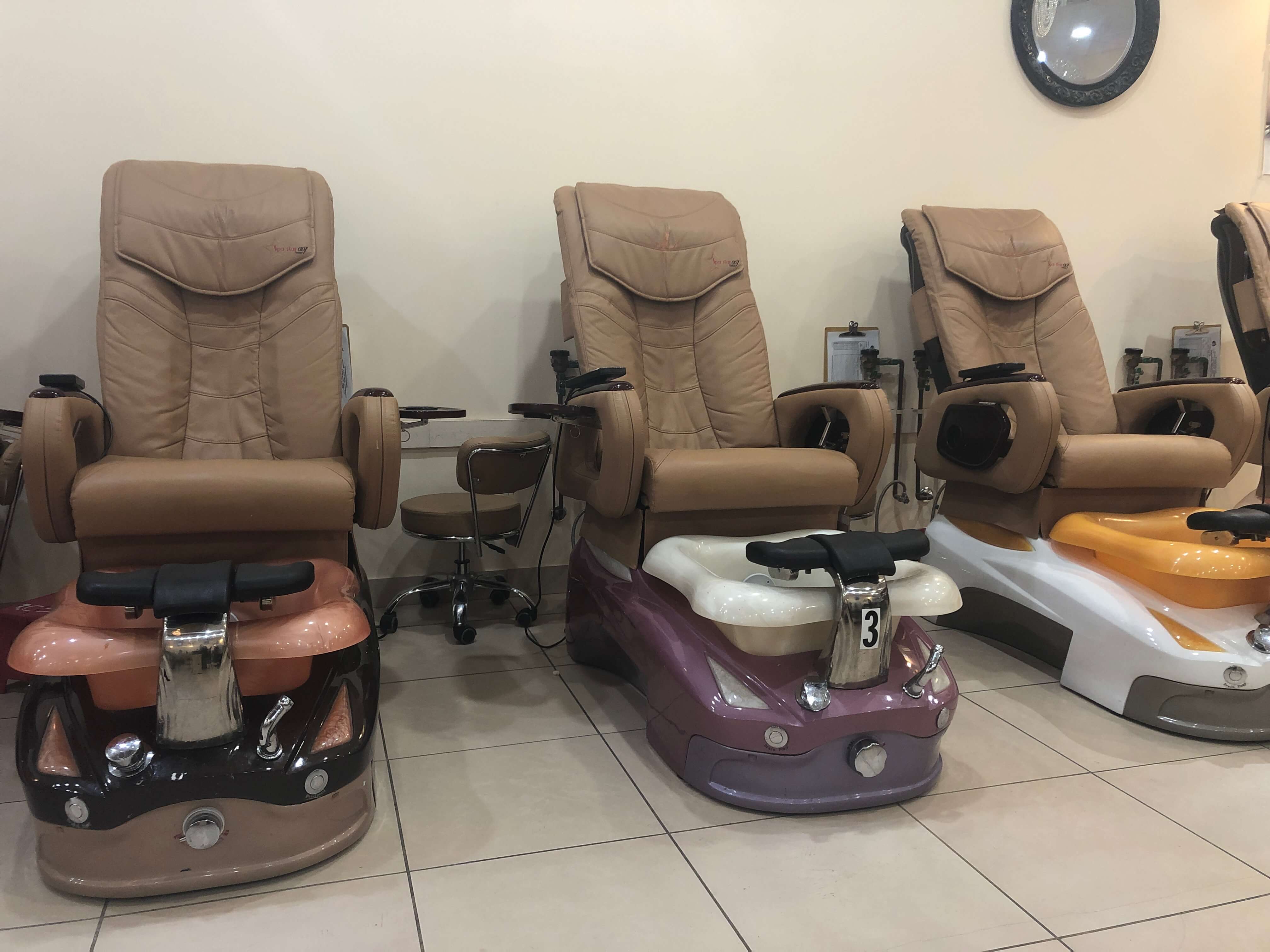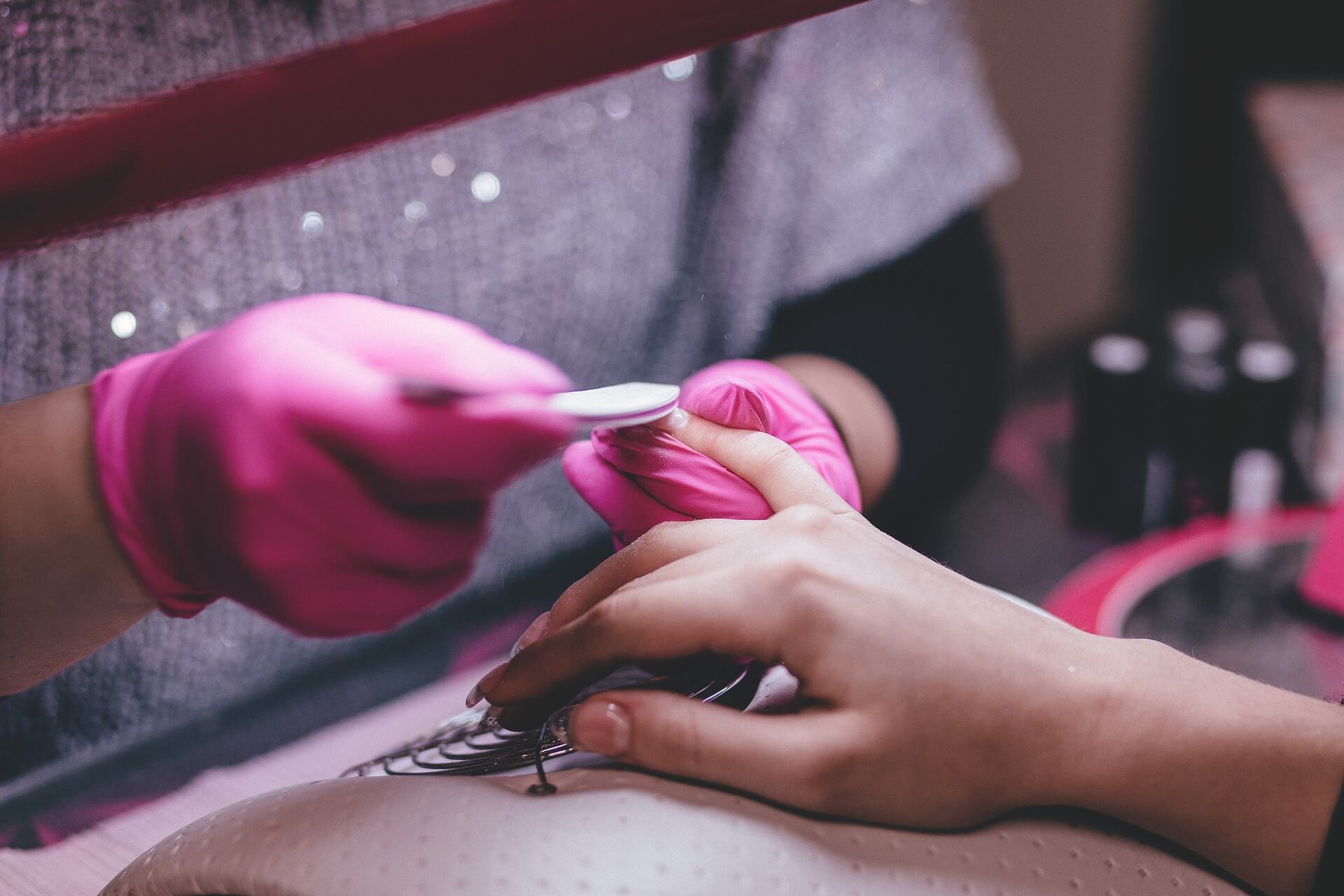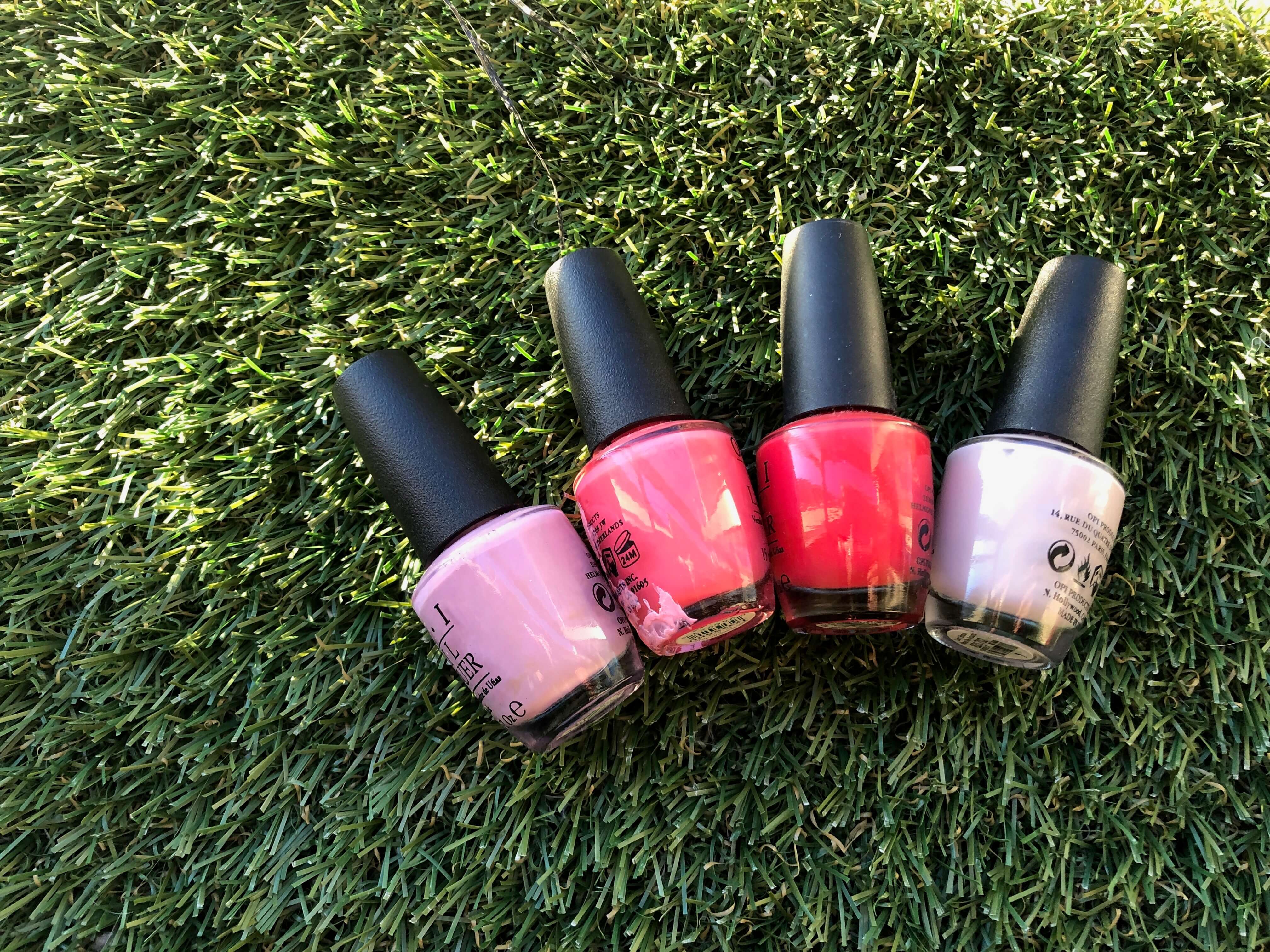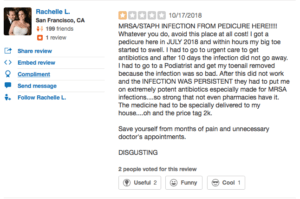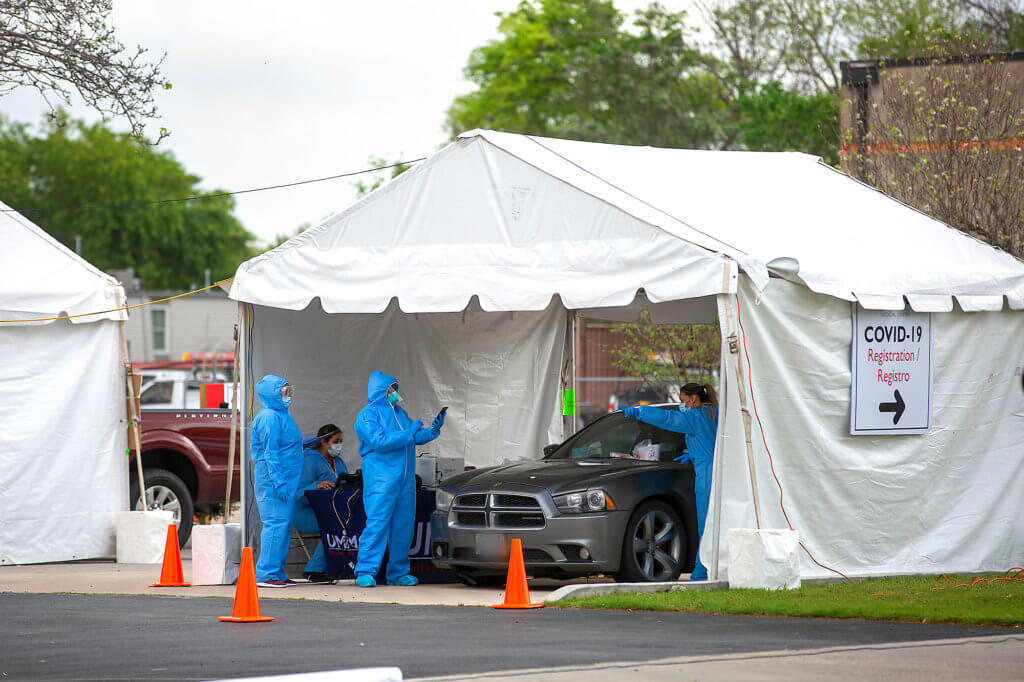Nail hygiene: How to ensure manicure and pedicure safety
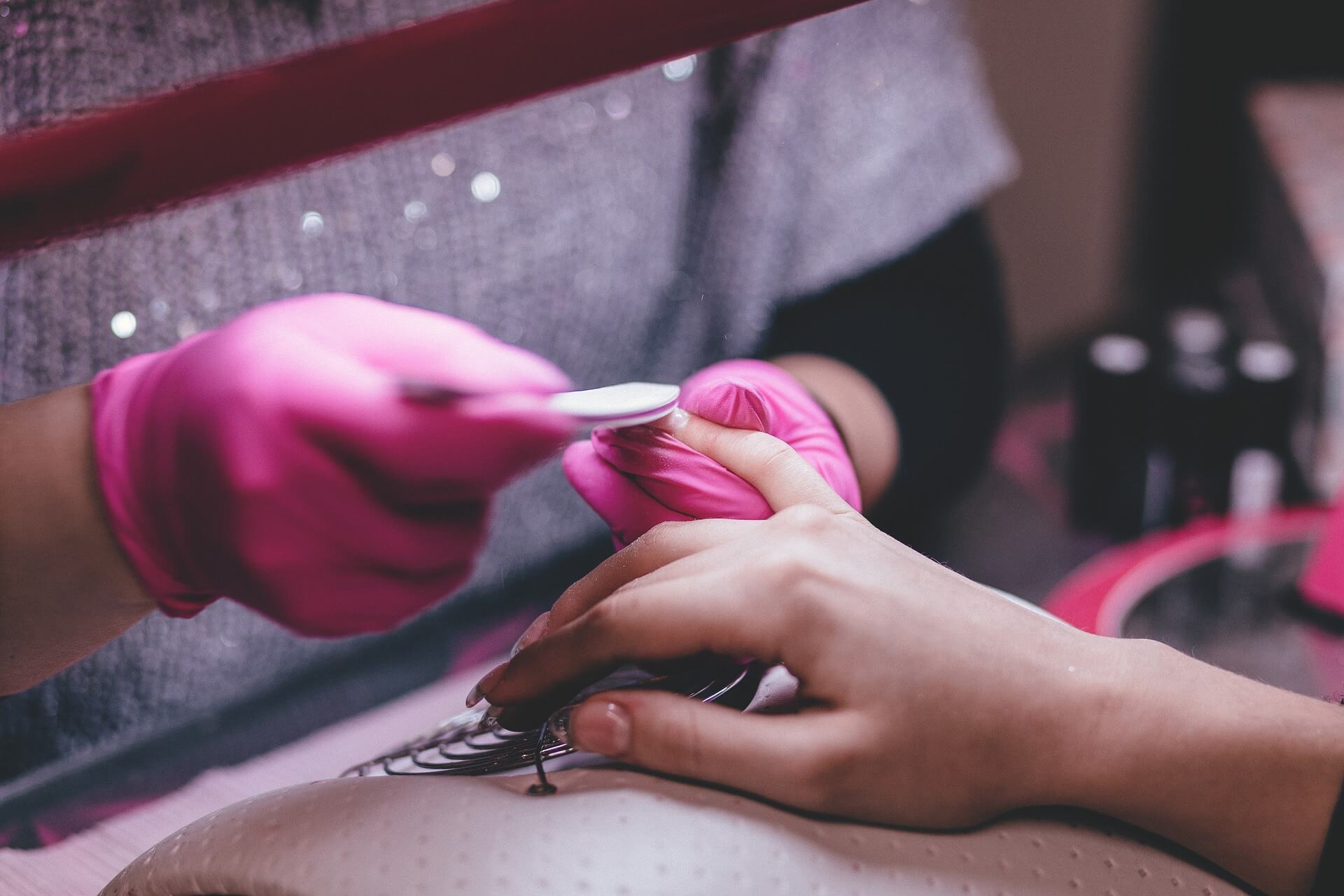
A manicure or pedicure can offer a relaxing escape that leaves us feeling refreshed and beautiful. But careless cleaning and improper sanitization of nail tools can make that spa ritual more harmful than beneficial.
Infections transferred in salons can range from the minor and easily treatable to far more serious ones, according to Luis Ostrosky, M.D., professor of infectious diseases at McGovern Medical School at The University of Texas Health Science Center at Houston (UTHealth) and an attending physician at Memorial Hermann-Texas Medical Center.
“The typical infections we would be concerned about with nail salons are the standard run-of-the-mill bacterial infections like staph or strep that occur when you have a breakdown in the skin,” he said. “We are also concerned about more exotic infections like atypical microbacterial infections—which are basically cousins of tuberculosis—and those have been reported in nail salons and those are typically difficult to diagnose and they require very long treatment on antibiotics. We are also concerned about fungal infections.”
In his practice at Memorial Hermann, Ostrosky estimates he sees two to three patients per year with severe infections presumed to have originated in a nail salon.
Rajani Katta, M.D., professor of dermatology at Baylor College of Medicine, said people should be questioning cleanliness and hygienic practices when they visit salons.
“The first thing is that you really have to look around you and say, ‘If this is what it looks like publicly, if there are any red flags, then what does it look like behind the scenes?’” Katta explained. “You want to look for those obvious things: Are trash cans overflowing? Are there nail clippings or nail filings or debris from a procedure around the work spaces?”
Customers have the right to ask a nail technician about how the salon sterilizes equipment, how the foot basins are cleaned and to observe as freshly sterilized tools are opened, she added.
“There are strict guidelines on how to clean a whirlpool foot basin and how to use disposable liners for the foot basin, but the problem is that as a customer, you are not going to see most of those procedures,” she said. “You are really trusting that the salon is following the standard and accepted procedures.”
If you notice you have developed an abscess—or have redness or swelling in your nail bed after you get a manicure or pedicure—you should seek immediate medical attention.
The experts offer several additional suggestions for avoiding infections:
Do not get services if you have an open wound
If you have an open wound or a rash or an outbreak of excema on your feet or legs, that is not the time to get a pedicure, Katta said. When you shave your legs, microtraumas develop on your skin that increase the risk of bacteria exposure.
“If your skin barrier is impaired in any way, it becomes a portal for infection,” Katta said. “In a normal setting, your skin does really well to protect you from bacteria, from fungus, from viruses. But, any time you have a breakdown of that skin barrier, it makes it more easy for these infectious organisms to get through your skin barrier and cause an infection.”
Check for licenses
“When you choose a nail salon, you need to make sure it is licensed by the state,” Ostrosky said. “Having a state license means there are certain hygiene standards and that the salon has been inspected. It gives you assurance that there is a level of cleanliness there and you want to make sure that the actual beauty technician who works on you is licensed, as well. That means they have been trained in sterilization and technique.”
Bring your own tools
“For pumice stones or emery boards, if you are not sure of the cleanliness of the salon, you should really bring your own or ask them to use a disposable one that they open in front of you,” Katta said. “If they are using a reusable metal file, you need to make sure it is properly sterilized in an autoclave. If it is not properly sterilized, you can pass viruses or bacteria from one person to another.”
Over the last decade, there have been more than 2,300 administrative orders or regulatory sanctions issued across the Lone Star State to cosmetologists, a professional group that includes nail technicians. Here are examples of nail tech violations reported in 2018 on the Texas Department of Licensing and Regulation website:
Respondent failed to disinfect tools, implements, and supplies with an EPA-registered disinfectant solution; Respondent failed to disinfect multi-use equipment, implements, and tools prior to use on each client.
Respondent failed to dispose of single use items after each use; Respondent failed to clean and sanitize whirlpool foot spas as required at the end of each day.
Respondent failed to possess an autoclave, dry heat sterilizer or ultraviolet sanitizer; Respondent failed to dispose of single use items after each use.
Respondent failed to disinfect tools, implements, and supplies with an EPA-registered disinfectant solution; Respondent left applicators standing in the wax.
Respondent failed to clean and sanitize an instrument that came into contact with blood.
“We don’t usually report nail salons when we get cases here,” Ostrosky said. “They are not reportable diseases by the Texas code, so we don’t report these things unless I were to see a pattern—but consumers can always complain.”
And, some consumers have used online review sites such as Yelp to share their stories.

